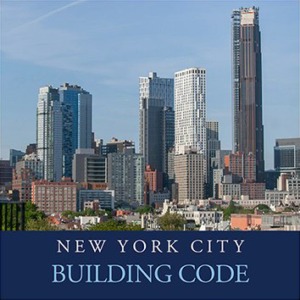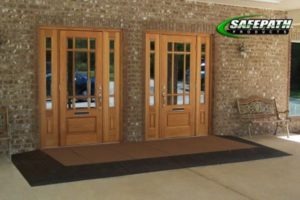The International Energy Conservation Code (IECC) or “model code” establishes the minimum requirements for building energy efficiency. The code is updated every three years, and for 2024, a new consensus-driven development process brought together diverse stakeholders to determine those requirements.
However, the International Code Council’s Board of Directors recently voted to go against consensus and remove mandatory provisions relating to building decarbonization from the 2024 draft.
In this episode, host Robb Aldrich interviews Gayathri Vijayakumar, Principal Mechanical Engineer at Steven Winter Associates and a voting member of the 2024 IECC Residential Consensus Committee, to find out… what happened?
Podcast: Play in new window | Download | Embed
Subscribe: Apple Podcasts | Spotify | Amazon Music | Pandora | More
(more…)
 While it is important to read through
While it is important to read through 